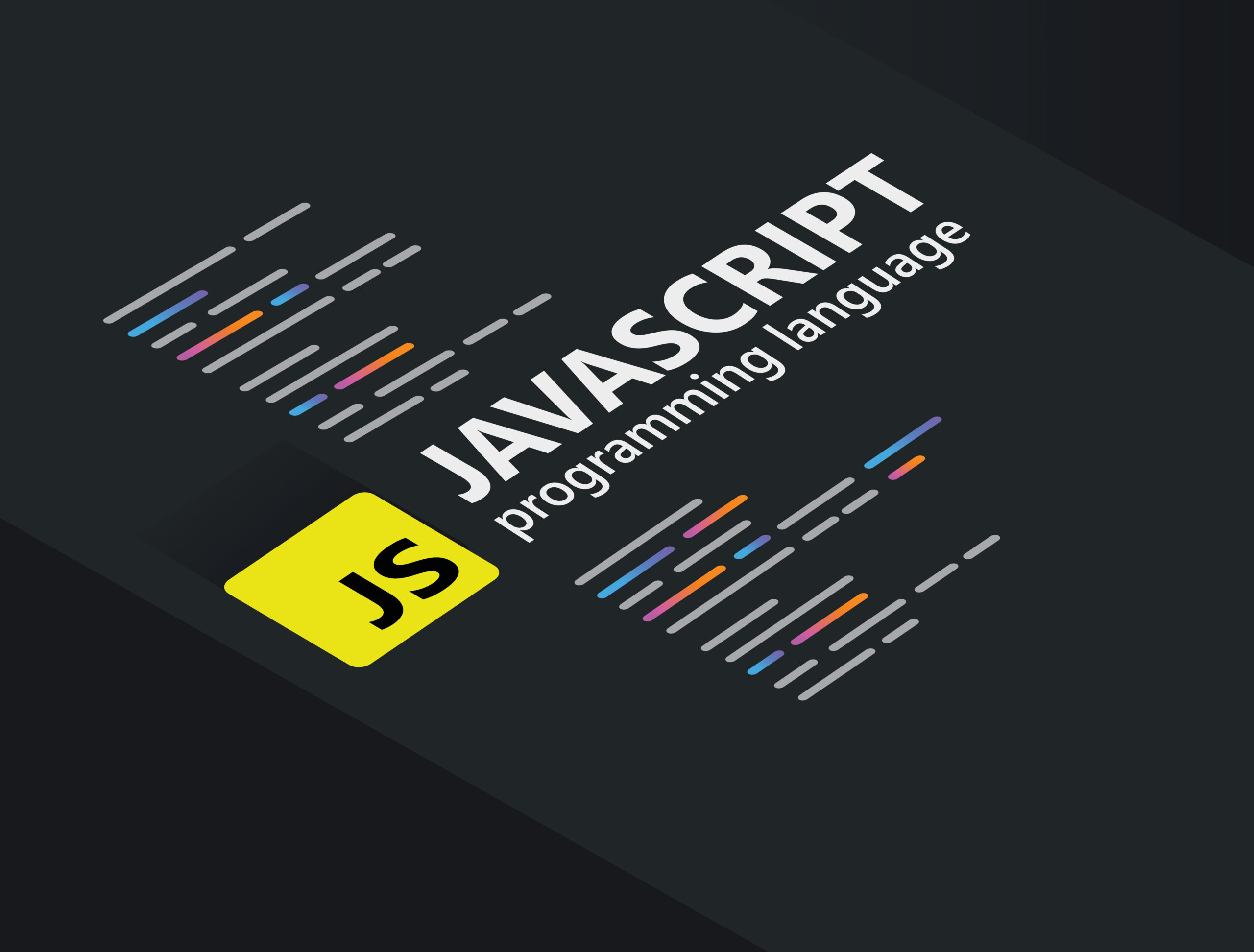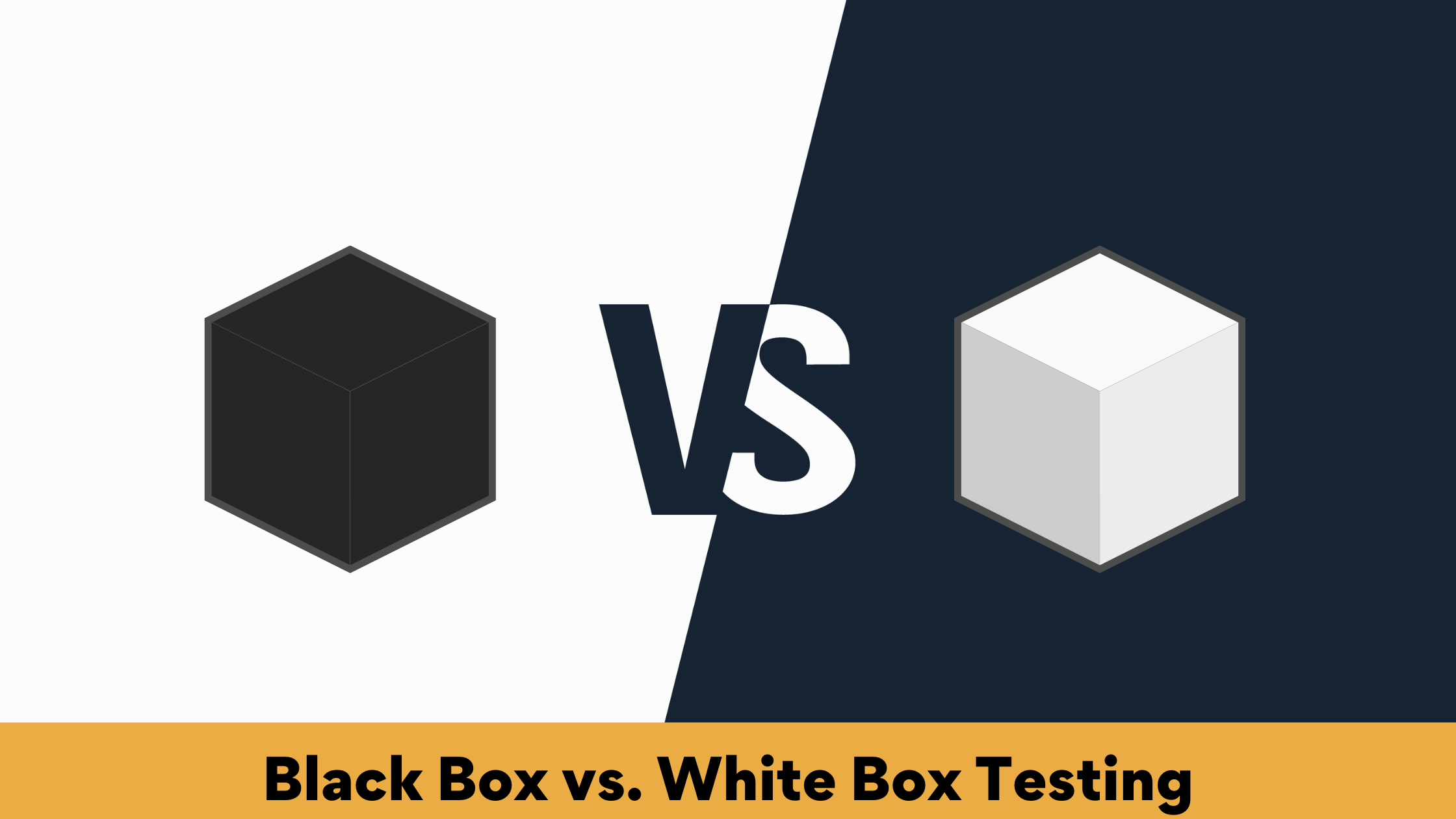Table of Contents
Introduction
Want to hire Ruby on Rails developers? But don’t know anything about this technology or its Ruby on Rails interview questions that make things easy while assessing candidates?
Evaluating a candidate’s performance and assessing his technical ability can get tedious if you are not a technical expert. In such a case, you might want to hire a technical lead to interview talented individuals, which is costly.
However, we have a solution. It’s neither costly nor does it involve any hassles, it’s 13 essential Ruby on Rails interview questions with answers to test all levels of Ruby on Rails developers.
These Ruby and Rails and Ruby interview questions are preferred by planetary talents of Optymize, to help you in vetting and hiring top Ruby on Rails developers.
Related Post: Ruby on Rails VS Node JS: An In-Depth Comparison
Entry-Level Ruby on Rails Interview Questions

If you are interviewing an entry-level developer, then start asking Ruby interview questions that are more inclined toward the theoretical part. The reason for this is, an entry-level developer may or may not have previous work experience.
However, you can ask basic to intermediate coding interview questions just to ensure they have a basic understanding of coding programs using Ruby and Ruby on Rails.
1. What Does Count Do in Ruby?
It’s an easy coding interview question, which assesses the candidate’s knowledge of the count method that is built for checking the number of enumerables.
Expected Answer-
The count() enumerable is a built-in method in Ruby that returns the number of components in innumerable or the number of components that is equal to a given component or the number of items that satisfies the condition in the block.
Example-
enu = [15, 20, 50]
# returns enumerator res = enu.count |
Output-
3 |
2. How Ruby on Rails is Different From Other Web Frameworks?
Every web application framework whether its front-end or back-end has remarkable features that make it unique. For example, a framework can offer capabilities such as cross-platform development, efficient operations, and high customization.
An entry-level developer should know the difference between Ruby frameworks and other web frameworks. More importantly, it’s one of the opinion-based Ruby on Rails interview questions that give the talent acquisition team an idea of how well the candidate understands the Ruby framework, its functionalities that give it an edge over others, and its benefits.
Expected Answer-
Ruby was designed to be a multiparadigm. It solely focuses on:
- >Reducing the hassles of developers
- >Convention rather than configuration
- >Progress
- >Clear and concise coding practices
- >Value-integrated systems
- >Don’t repeat yourself(DRY) methodology
3. What is ERB?
When hiring Ruby on Rails developers, you should know that developers should be well aware of the Ruby framework and its features. This is among those common Ruby on Rails interview questions that lets you evaluate how much a candidate has used the Ruby framework and its advanced functionalities.
Expected Answer-
Embedded Ruby(ERB) is one of the prime features of Ruby that lets developers generate any type of text in any quantity from templates. It combines plain text with codes of Ruby for variable substitution, and flow control so they can be easily written and maintained.
It’s mostly used for placing codes associated with Ruby into the HTML. it is also used to create XML documents, RSS feeds, and other structured text files.
ERB comes in handy when developers need to create files with several reparations of a standard pattern, similar to a unit test suite.
4. What is Rails Controller in Ruby?
An entry-level candidate should be aware of routing, and managing cache, modules, and sessions to understand the coordination between multiple parties. And the Rails controller is a perfect concept to figure out.
Expected Answer-
The Rails controller is the logical center of the Rails application. It coordinates, manages, and monitors the interaction between users, views, and models. Moreover, it handles various crucial services such as
- >It directs external requests to internal processes.
- >It extremely handles people-friendly URLs in a good way.
- >It controls caching that boosts the performance of the application by orders of magnitude.
- >It handles helper modules that extend the capacities of view templates without bulking up their codes.
- >It handles sessions that give users the impression of current interactions with our apps.
5. Write A Function in Ruby To Check if The String is Empty.
The question refers to Ruby basic coding exercises, asking such basic to intermediate coding problems will help you determine if the candidate is fit for the entry-level role.
Again you can check how long the candidate takes to solve basic coding problems without failing any test cases.
Expected Explanation-
We can use the built-in empty? method to check if the string is empty or not.
The method empty? returns true if the string is empty, else it returns false.
Expected Code-
fruit name = “”
if name.empty? puts “string is empty” else puts “string is not empty” end |
Expected Output-
“string is empty” |
Intermediate Ruby on Rails Interview Questions
Here we have mentioned some intermediate to advanced Ruby on Rails interview questions, and some coding problems that will help you in identifying if the candidate is a problem solver or not.
1. Tell Us About The Garbage Collection In Ruby.
Garbage collection refers to the technique for controlling memory used by computer programs, since memory is where everything is processed having robust knowledge of memory allocation as well as garbage collection is necessary.
A candidate should know what garbage collection is and what it does.
Expected Answer-
Garbage collection is the engine that makes a computer program work. Everything that is declared in Ruby is an object which means, the garbage collection of Ruby is all about object management.
Garbage collection and other memory management techniques work alongside each other by having the language keep track of which objects are in use by the program rather than a developer.
This gives developers peace of mind to work on the convention and logic rather than worrying about the tedious operations of memory allocation and release. This again promises secure and stable programs, eliminating any vulnerabilities of memory allocation.
2. Define Different Types of Variables in Ruby.
Variables in the programs exist according to their different data types and hold specific values. They are indeed necessary for programs because they won’t operate unless any value is assigned to variables.
Similarly in Ruby, there are different types of variables, and it’s essential that a candidate must have knowledge of each, to know where to implement them for errorless execution.
Expected Answer-
- i) Local Variables:
- A local variable is defined with a lowercase letter(a-z) or underscore(_). It can only be accessed within the block of its initialization and is not available outside of the method.
-
age=22
_Age=22
- ii) Instance Variables:
- The instance variable name starts with @ sign, and their values are specific to specific instances of an object. They are available across methods for any specified instance or object.
-
@client_name= Alex
@client_id= 23
- iii) Class Variables:
- The class variable name starts with @@ sign, and is available across objects. They are initialized before use or else an uninitialized class gives an error.
-
@@number_of_students=56
- iv) Global Variables:
- Global variables start with a $ sign. If the developer wants to access the single available across classes then he needs to define a global variable. The scope of a global variable is in fact global and can be accessed from anywhere in the program.
-
$global_variable=15
3. Explain Rails Migration.
If a developer is writing codes then it’s natural he will encounter some errors, bugs, and complex system failures, however, he tackles those issues by changing and modifying the codebases to make sure the codes run as planned and give the desired output.
But this required change results in changes in other elements such as the database that can get tedious to resolve. This is what Rails migration is used to fix.
Ruby developers should know what Rails migration is, why we need migration, and what can be done with it.
Expected Answer-
i) What is it-
Rails migration is a tool that changes the database schema of an application. It modifies the database schema within your Rails application. This means developers don’t have to manage hectic SQL scripts; instead, they can define database changes in a domain-specific language(DSL) to make the database change right.
The active record model contains Rails applications that are database-independent. If a developer has no way but to write SQL to change the schema of the application then it will lose its independence.
Migration lets developers avoid this as they make changes in platform-independent Ruby. It keeps the database schema changing with the changing application codes.
ii) Why do we need migration-
Migration is useful whenever there is a requirement of changing or modifying the application’s database.
The active records use migration to update database schema in schema.rb. And this exact file is what Rails use to deploy the application to a new database. With migration, developers can deploy applications to new platforms.
iii) What can you do with it-
With the help of migration, developers can make any changes to the database it connects to. Such as
- >Add column
- >Change column
- >Add a new table
- >Add a new model
- >Execute SQL
4. Write A Function Using Classes That Check if The String is A Palindrome.
Palindrome string is one of the intermediate level Ruby on Rails interview questions that lets you identify if the candidate is a problem solver or not.
Expected Code-
|
class String def palindrome? self == self.reverse end end |
5. What Is The Difference Between Dynamic And Static Scaffolding?
Scaffolding is an easy method for generating some of the major components of the Rails application. This question can tell if the candidate is aware of the common practice of creating models, views, and controllers for new resources in a single operation.
| Dynamic Scaffolding | Static Scaffolding |
|---|---|
| It generates user interfaces and contents at runtime. | It explicitly enters the command to produce required data in their fields. |
| Dynamic scaffolding can be used to create, modify and delete methods for usage in an application. | Here it's not necessary for such creation or generation. |
| It doesn't require any synchronization with a database. | It requires the migration of the database. |
Senior Ruby on Rails Interview Questions
This section contains Ruby on Rails advanced interview questions. Read and understand how these questions align with your project needs and how they will let you assess qualified candidates. We have also covered opinion-based interview questions in this section which are going to make it easier for you to hire remote Ruby on Rails developer.
1. How Does Ruby Protect Against The CSRF Attack?
CSRF (cross-site request forgery) is a form-based attack, it specifically targets different websites to get sensitive information. Ruby has security protocols and features that prevent it from happening and this question can give you an idea of how much a candidate knows about website security using Ruby on Rails.
Expected Answer-
We can use protect_from_forgery in an ApplicationController to protect against the CSRF attack. This will force Rails to require a CSRF token to be set before accepting any POST, PUT and DELETE Request. This token acts as a hidden field in every form developed using Rails form builders.
Additionally, it is also inserted as a header file in GET requests because of which non-form-based programs or mechanisms for sending POST can use it as well. This prevents stealing any sensitive information through POST requests.
2. Tell Us Which of The Expressions Below Are False:
| true | ? “true” : “false” |
| 0 | ? “true” : “false” |
| nil | ? “true” : “false” |
| “” | ? “true” : “false” |
| false | ? “true” : “false” |
| “false” | ? “true” : “false” |
| 1 | ? “true” : “false” |
This question refers to the logical part of programming, where you can assess the candidate’s logical thinking capabilities and whether he draws the right logic for any statement or expression.
Expected Answer-
In Ruby on Rails, the false value is evaluated only to the nill, and the false and everything else, even 0 is evaluated as true.
3. According To You What Are The Limitations of Ruby On Rails?
This is an opinion-based question that will let you know what issues the candidate has had with Ruby on Rails and also whether he was able to cope with it using any additional components, or using any other resources.
Expected Answer-
There are a few limitations of the Ruby on Rails framework as it is made for building MVC-based CRUD applications.
- >Databases and their foreign keys.
- >Less Flexibility.
- >Boot Speed.
- >Documentation.
- >Linking huge databases at the same time.
- >Web services for soap.
- >Numerous database servers are connected at the same time.
Conclusion
Ruby and Rails is certainly demanding in the IT industry, and you should always check your resources for developing quality Rails applications. Ruby on Rails can help you add more functionality to your services. Most of the services you use on a regular basis use some third-party API to enhance their functionality. Read our guide on how to build a Ruby on Rails API.
The above Ruby on Rails interview questions will help you in vetting qualified candidates of all levels. In addition to this, you can take the help of competitive coding sites such as Leetcode and Codeforces that consist of Ruby interview coding exercises to further tighten your vetting and tech interview for Ruby on Rails.







